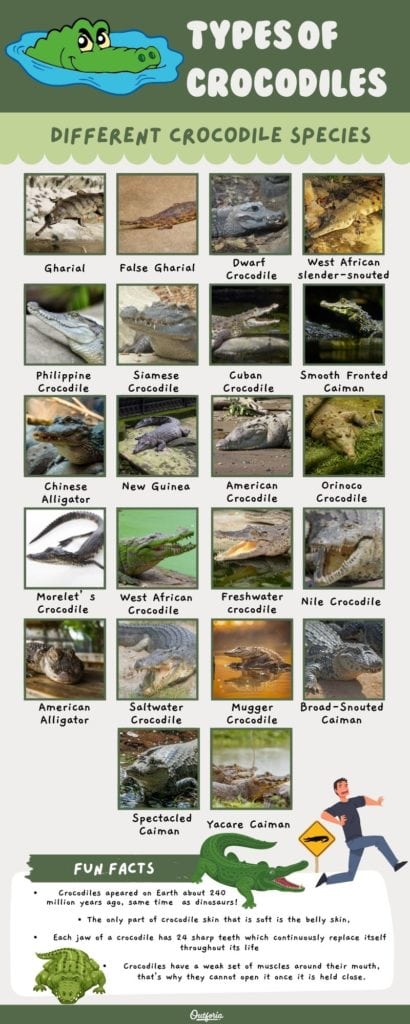Understanding Watersheds and Watershed Management
Watersheds are fundamental components of our natural
environment, playing a crucial role in hydrology, ecology, and land
management. This article will provide a comprehensive overview of what a watershed is,
its characteristics, and the principles of watershed management.
What is a Watershed?
A watershed, also known as a drainage
basin or catchment area, is an area of land that collects
and drains precipitation (such as rain and snow) into a common water body, such
as a river, lake, or ocean. Every watershed is characterized by its
unique topography, geology, and vegetation, which influence how water moves
through the landscape.
Key Features of a Watershed
- Boundary:
A watershed is defined by its boundary, which is typically
marked by ridges or high points of land (called divides). This boundary
determines the flow of water into the watershed.
- Sub-watersheds:
Large watersheds can be subdivided into smaller units called
sub-watersheds, each contributing to the overall water flow into the
larger watershed.
- Water
Bodies: Watersheds can contain various water bodies, including
streams, rivers, lakes, and wetlands, which are interconnected through the
flow of water.
- Land
Use: The land within a watershed can vary greatly,
encompassing urban areas, agricultural land, forests, and wetlands, each
influencing how water is managed and flows through the system.
Importance of Watersheds
Watersheds are essential for several reasons:
- Water
Supply: They are crucial sources of drinking water, irrigation, and
industrial water supplies.
- Ecosystem
Health: Watersheds support diverse ecosystems and wildlife habitats,
contributing to biodiversity.
- Flood
Control: They play a significant role in regulating water flow and
reducing the risk of flooding.
- Soil
Conservation: Watersheds help maintain soil health by
controlling erosion and sedimentation.
- Pollution
Mitigation: Healthy watersheds can filter pollutants and
improve water quality as water moves through various soil and vegetation
layers.
What is Watershed Management?
Watershed management refers to managing the land and water resources within a watershed to achieve
sustainable use and conservation of these resources. It involves a combination
of practices, policies, and strategies to protect water quality, prevent erosion, manage land use, and restore degraded areas.
Objectives of Watershed Management
- Sustainable
Water Use: Ensuring water resources are used sustainably to meet current and future needs.
- Erosion
Control: Implementing practices to reduce soil erosion and sedimentation in
water bodies.
- Water
Quality Protection: Monitoring and managing land use and activities to
protect water quality from pollutants.
- Flood
Mitigation: Developing strategies to manage runoff and reduce the risk
of flooding.
- Ecosystem
Restoration: Restoring degraded habitats and promoting biodiversity within
the watershed.
Key Practices in Watershed Management
- Land
Use Planning:
- Zoning
regulations to control development in sensitive areas.
- Promoting
sustainable agricultural practices that minimize chemical runoff.
- Reforestation
and Afforestation:
- Planting
trees to stabilize soil, enhance water retention, and improve habitat.
- Erosion
Control Techniques:
- Implementing
practices like terracing, contour plowing, and riparian buffer zones to
reduce soil erosion.
- Water
Quality Monitoring:
- Regularly
assessing water quality to identify pollution sources and trends.
- Community
Involvement:
- Engaging
local communities in decision-making processes to foster stewardship and
awareness of watershed issues.
- Integrated
Water Resource Management (IWRM):
- Coordinating
the management of water, land, and related resources to maximize social
and economic welfare without compromising the sustainability of vital
ecosystems.
Challenges in Watershed Management
- Urbanization:
Increased impervious surfaces can lead to higher runoff and reduced water
quality.
- Climate
Change: Altered precipitation patterns and extreme weather events can
impact water availability and ecosystem health.
- Pollution:
Agricultural runoff, industrial discharges, and urban stormwater can
degrade water quality.
- Resource
Conflicts: Competing demands for water among agricultural, industrial,
and recreational users can create conflicts.
Conclusion
Watersheds are vital to our environment, serving as natural systems that collect and distribute water. Effective watershed management is essential for protecting these resources, ensuring sustainable water supply, and maintaining ecosystem health. By understanding the dynamics of watersheds and implementing sound management practices, we can promote the responsible use of water resources and protect our natural environment for future generations.
References on Watersheds
- Beck,
G. G., & Dobson, C. (1999). Watersheds: A practical handbook
for healthy water. Chicago: Author.
- International
Network for Capacity Building in Integrated Water Resources Management.
(2006). Tutorial on basic principles of integrated water resources
management.
- WATS: Research in Watershed Sciences. (2024). Organize & cite. Retrieved from [LibGuides].
- Hydrology
and the Management of Watersheds (4th ed.). (2012). New York: Wiley.
- Theoretical
and Practical Approaches in Watershed Management. (2022). Special
Issue.
- Watershed
management steps taken include identification of watershed
characteristics, analysis of problems, and determination of technical
alternatives for management. (2022). Bibliographies: Watershed
management.









No comments:
Post a Comment